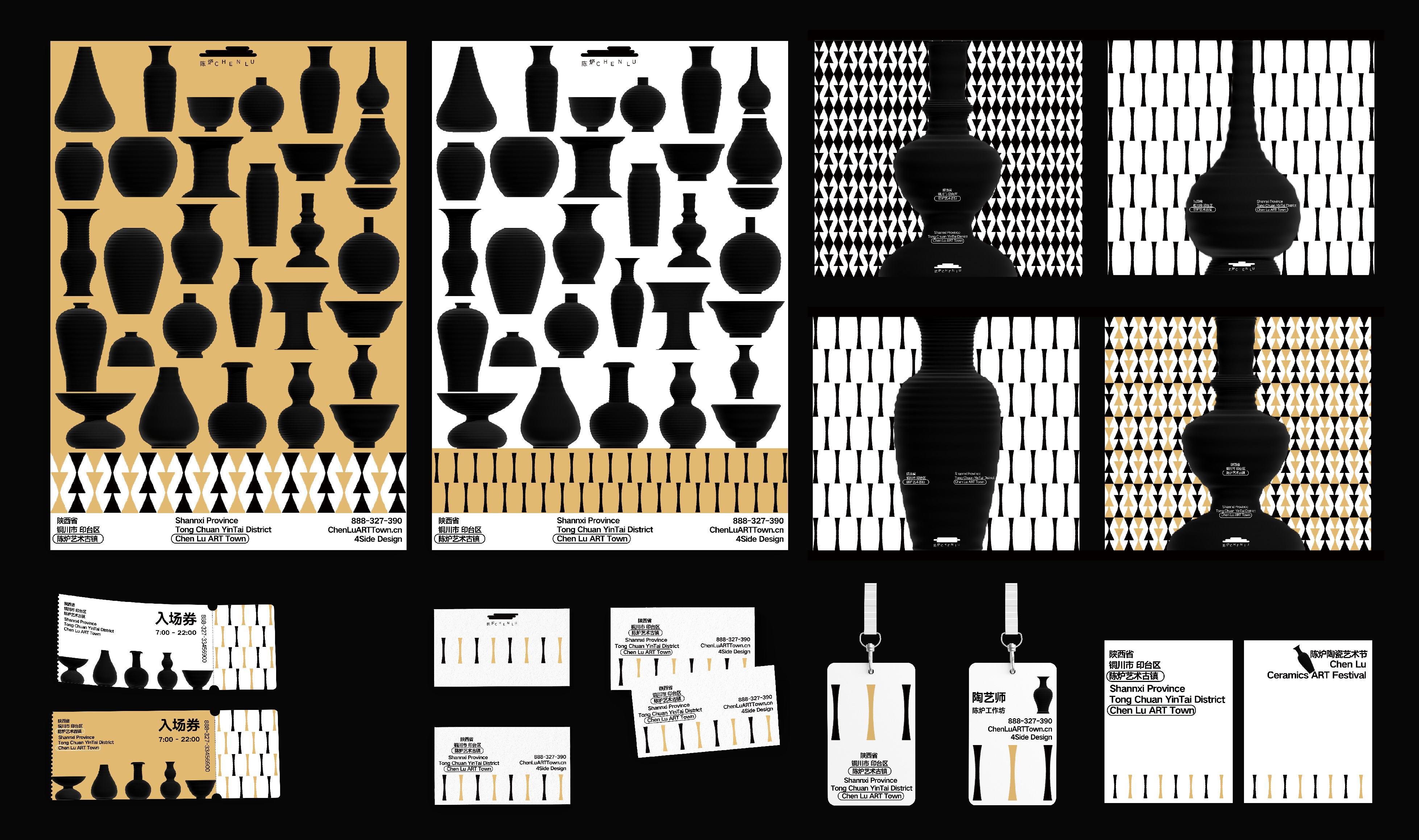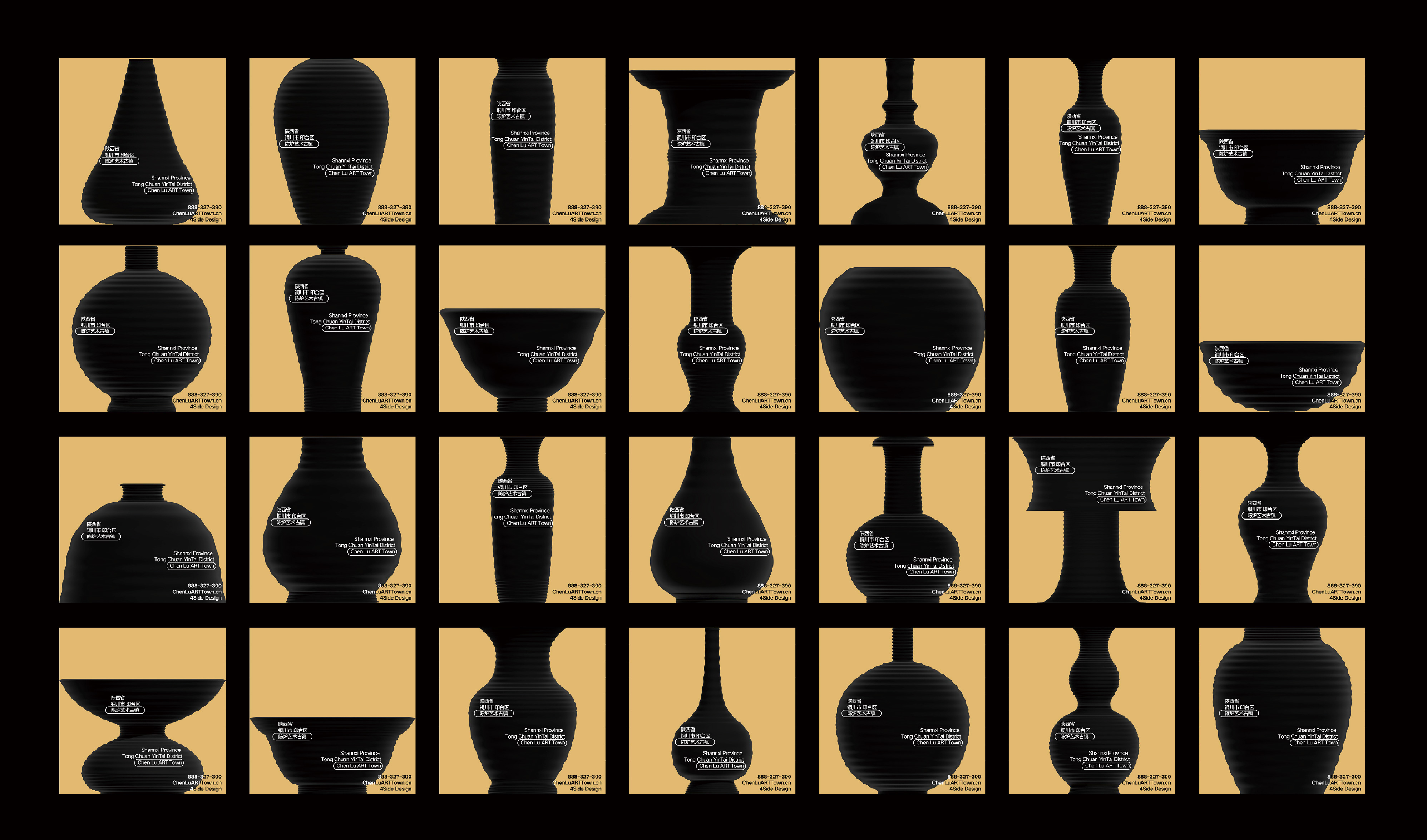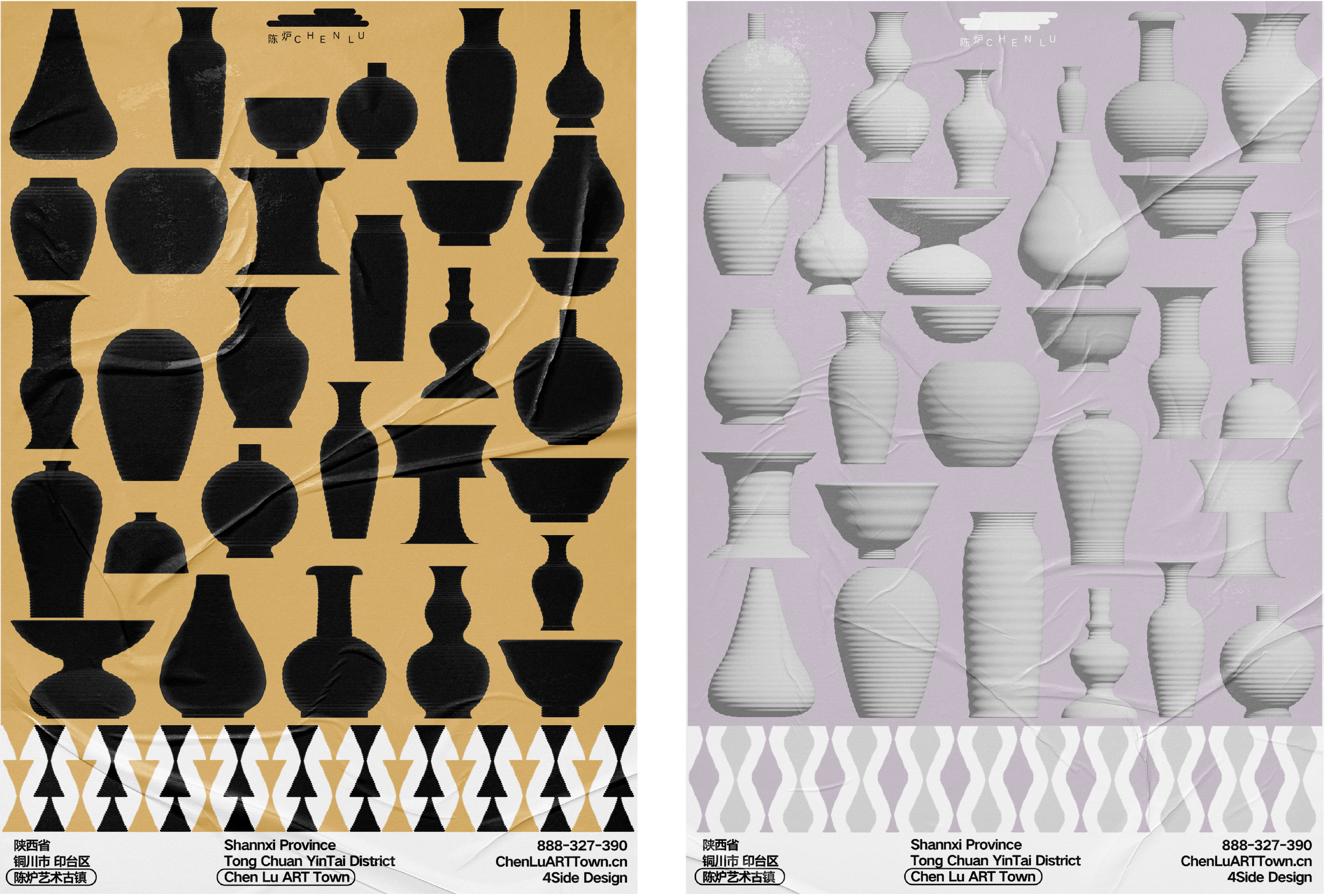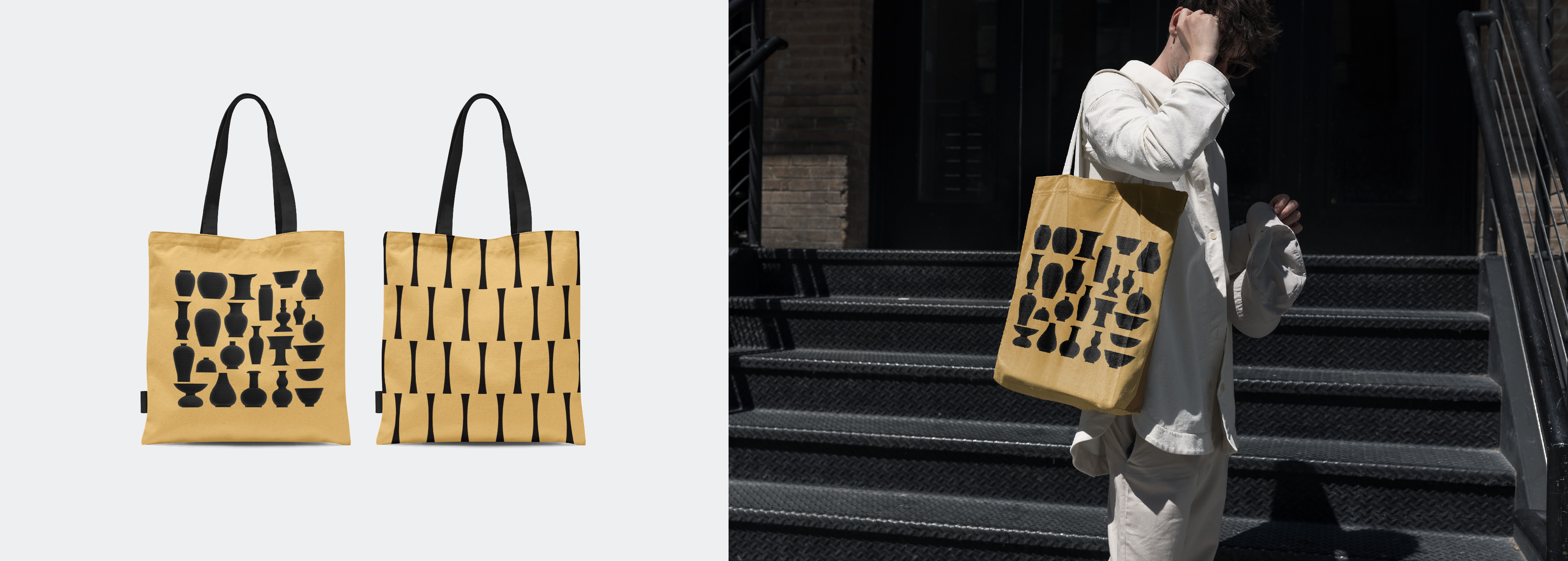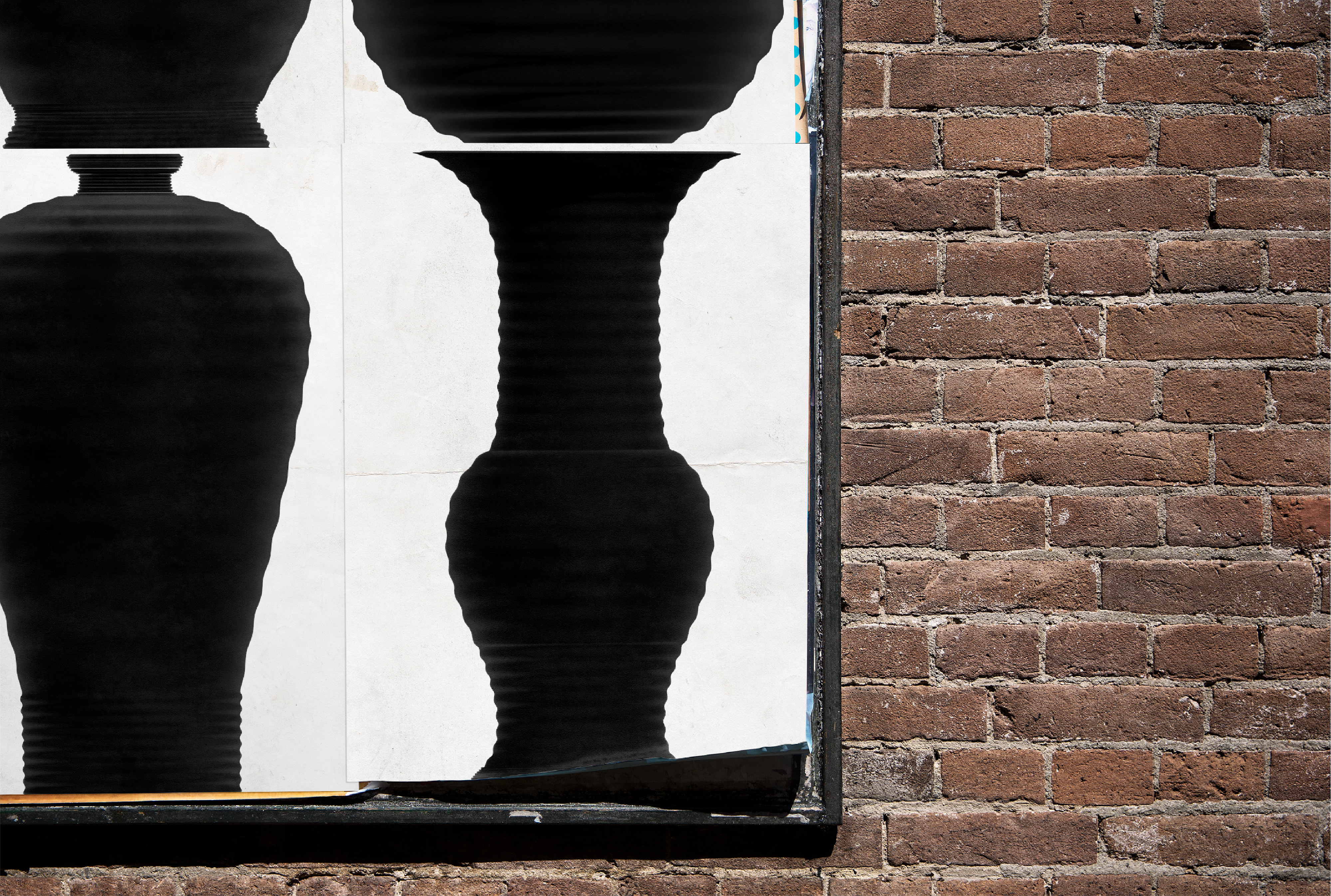Creative Team
D:Wang Zihao
SC:Xi`an Academy of Fine Arts
Creative Summary
Chenlu is an ancient ceramic town. In the current era of transformation, the brand design of ancient towns revolves around the integration of tradition and modernity. Based on the premise of facing new consumers, we attempt to extract elements from traditional porcelain and endow it with a "non traditional" visual effect. Due to its lively and relaxed style, the visual appearance can present a variable appearance. The design inspiration for logos and graphics comes from the process of making ceramics - drawing. Drawing is the process of preliminary shaping of ceramic shapes through a rotating workbench combined with both hands. With the movement of fingers, the mud billet appears in circles of wavy shapes on the surface. Casting is a technique commonly used in both traditional and modern ceramics, which is the fusion of tradition and modernity from a ceramic perspective. The unfinished and undefined state of clay can also reflect the concept of diversity. Therefore, in the logo design, the mud billets are abstracted into three layers, and the text below the graphics is flexibly arranged according to the wavy lines generated during the drawing process. When the logo meets the graphic, the upper part of the clay will abstractly present the shape of the ceramic's clay during production, that is, the width of its upper, middle, and lower parts, in order to achieve the variability of the logo within its limits. The design selection presents the "unfinished state" of 28 traditional pottery types. The ups and downs and uncertain expressions in the production process of pottery bring unique visual interest. This "unfinished" design perfectly reflects the purpose of bringing forth new ideas through innovation. In the pattern, mud adobe is used as a small element to abstract and summarize the local characteristic scenery of Chen Lu's jar wall. The negative shape outside the positive shape of the pattern quietly arranges the most distinctive local pottery jars.

